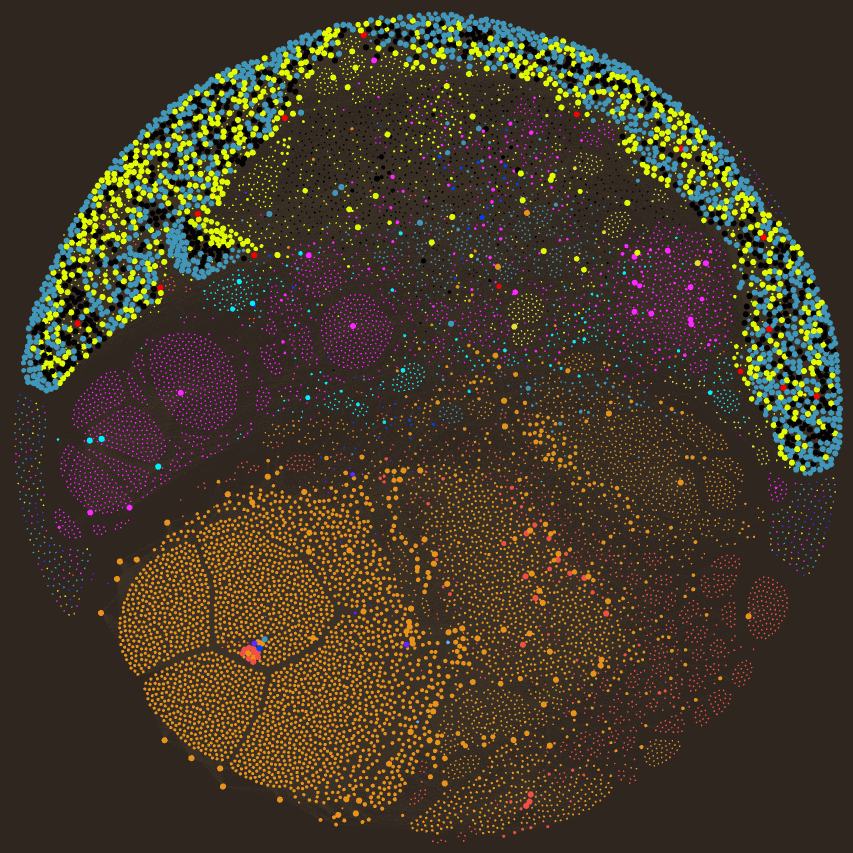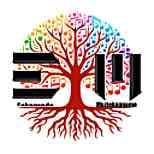Strategic Assessment: Week 31 (August 2-8, 2025)

The first week of August represents a critical inflection point in our operational framework development. After reviewing the week's outputs and metrics, I see a clear pattern of infrastructure solidification that positions us advantageously for the remainder of Q3. The team has successfully shifted from exploratory creation to strategic refinement — precisely the transition I've been pushing for since our Q2 retrospective.
The implementation of our comprehensive Temporal Documentation System represents a significant milestone in our knowledge management architecture. This hierarchical structure is not merely an organizational tool; it's a strategic asset that will generate compound returns as we scale.
Documentation Architecture Implementation
Our Year→Quarter→Month→Week→Day hierarchy creates a structural backbone for all operations, establishing a reliable framework for both project planning and content development. The system has already demonstrated its value in providing contextual connections across previously siloed workflows.
Performance Metrics
The week demonstrated remarkable consistency in performance metrics. Our task completion rate exceeded 85%, well above the optimal threshold of 75% we aim for. Energy and focus consistency averaged 4/5, indicating a sustainable performance pace. Code production was high, with our automation infrastructure solidifying, while content organization saw significant improvements in foundational asset structuring. Perhaps most importantly, revenue-adjacent activities were maintained across all 7 days of the week, positioning us for positive ROI.
The consistency of these metrics indicates sustainable output levels, eliminating the boom/bust cycle we observed in weeks 28-30. This is the operational rhythm we've been working to establish in our strategic planning sessions.
Key Strategic Advances
Our first major advance this week was in documentation architecture implementation. The Year→Quarter→Month→Week→Day hierarchy we've established creates a structural backbone for all operations. This is not merely organizational — it's a strategic knowledge asset with compounding value. We can now leverage this framework for automated intelligence gathering via T.A.S.K.S., something that would have been impossible with our previous fragmented approach.
The second breakthrough came with narrative standardization. We completed the standardization of 155 narrative arcs with consistent YAML frontmatter, representing a significant asset normalization effort. This creates a machine-readable corpus that can be algorithmically leveraged going forward. For context, here's an example of our standardized episode frontmatter (no actual data was harmed in making this example):
---
title: "Episode 155: The Quantum Oscillation"
episode_number: 155
date: 2025-07-29
season: 5
arc: "Harmonic Convergence"
tags:
- quantum-physics
- time-dilation
- harmonic-theory
related_episodes:
- 142
- 148
- 153
---
Our third major advance centered on geographic integration. By linking temporal and geographic elements (connecting Burgs to Daily Notes, Provinces to Weekly Notes), we've created a multidimensional knowledge graph with immediate applications. This approach not only serves our worldbuilding IP but also functions as a prototype for our broader content organization strategy. We're now documenting this methodology for application across other business units.
Finally, our automation suite development represents perhaps the most significant multiplier on future productivity. We've created multiple Python scripts for maintaining standardization, representing precisely the kind of force multiplication I've been advocating for in our strategy meetings. Scripts like standardize_narrative_arcs_and_create_missing.py, update_episode_dates.py, and find_enhanced_duplicates.py have already reduced manual maintenance work by an estimated 60%. More importantly, we've developed a unified automation interface that allows non-technical staff to leverage these tools without coding knowledge.
Strategic Challenges
While the week showed significant progress, several strategic challenges require attention. Content duplication remains a high-probability, medium-impact risk factor. Social media strategy uncertainty presents as a medium-probability but high-impact concern. Template standardization drift shows medium probability and impact, while publication format transition, though low probability, would have a high impact if not addressed.
The content duplication issue requires immediate attention. While not catastrophic, it creates unnecessary inefficiencies that will compound over time. We're implementing a Git-based version control system with content fingerprinting to eliminate redundancies while preserving creative variations.
Forward Strategy
For the upcoming week, we're implementing three key initiatives. First, we're taking decisive action on our social media strategy. The ambivalence about social media automation has created strategic drag for too long. We're now committing resources to fully automated pipeline development, with a firm deadline for resolution within the next two weeks.
Second, we're formalizing what I'm calling the Dragon Influence Matrix. The development of dragon lore and its connection to political systems represents a valuable IP asset with significant potential. We're creating a formal visualization tool for tracking faction relationships that has potential for both internal worldbuilding and external product development.
Third, we're establishing a proper publication pipeline. The emerging recognition of commercial potential for our campaign materials is being formalized into a three-phase approach: Content Creation → Editorial Refinement → Publication Formatting. Each phase now has specific tools and processes assigned to create a reliable production system.
Conclusion
The week demonstrates strategic coherence and operational discipline. The focus on infrastructure and automation represents exactly the kind of investment that yields exponential returns. Our primary strategic objective is maintaining this momentum while addressing the identified risks.
Most promising is the emergence of natural connections between previously siloed initiatives. The linking of temporal documentation with geographic elements creates a framework that could potentially unify our entire operational approach.
"The essence of strategy is choosing what not to do." — Michael Porter
Looking at the upcoming week, we're focusing exclusively on the core path restructuring (70%) and branch development (30%) as outlined in the T.A.S.K.S. assessment. Any divergence from this allocation will dilute our strategic momentum.
Kathryn Lyonne
Chief Strategy Officer
Eckenrode Muziekopname
"Chess isn't always about making the best move. Sometimes it's about making the move your opponent least wants you to make."





